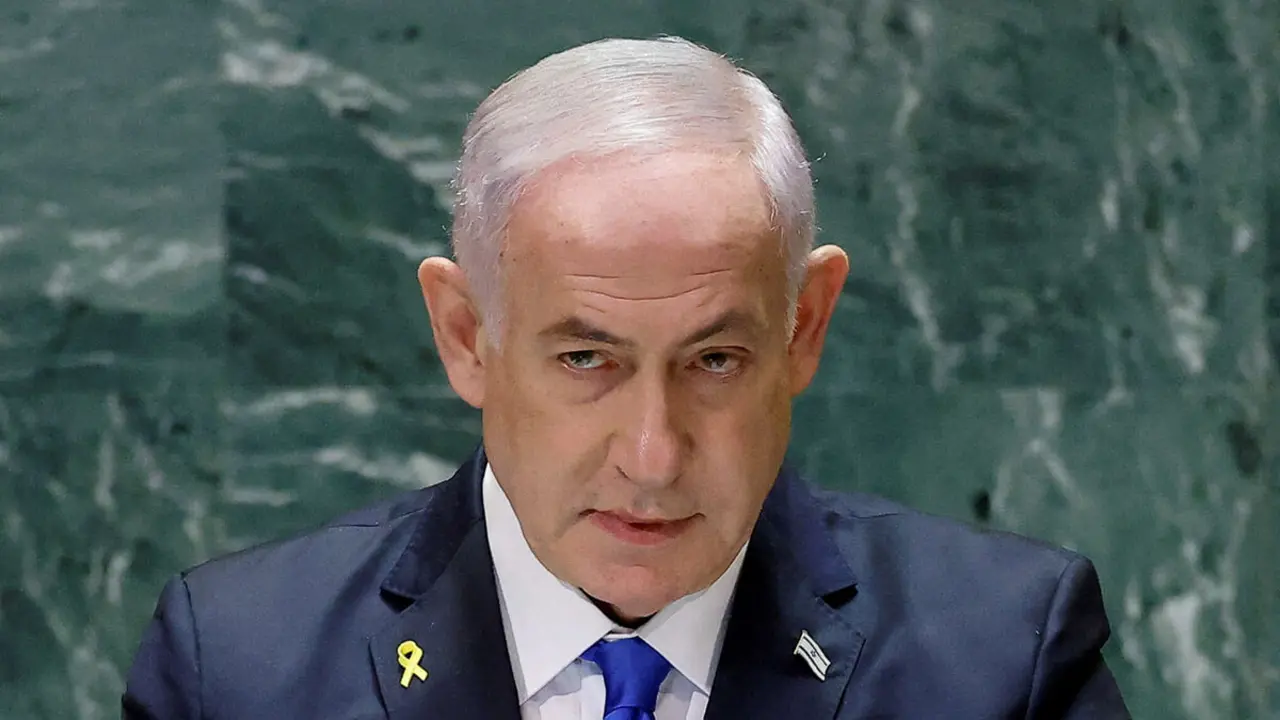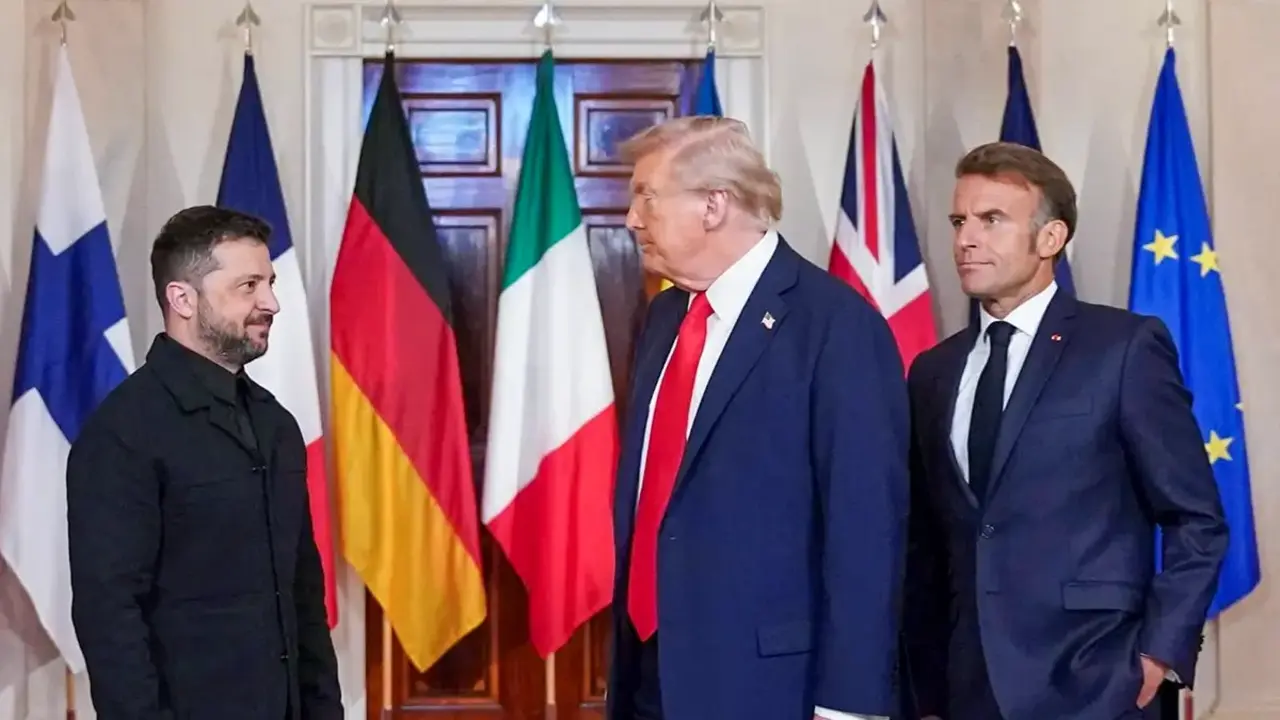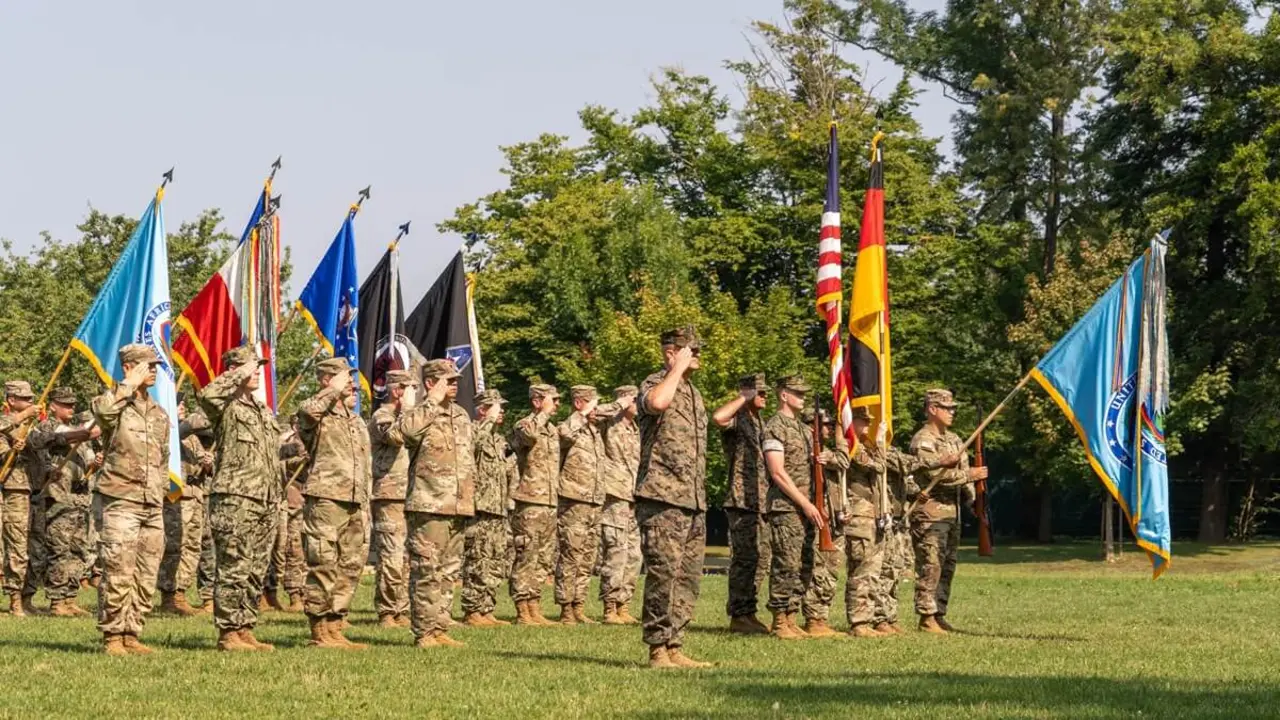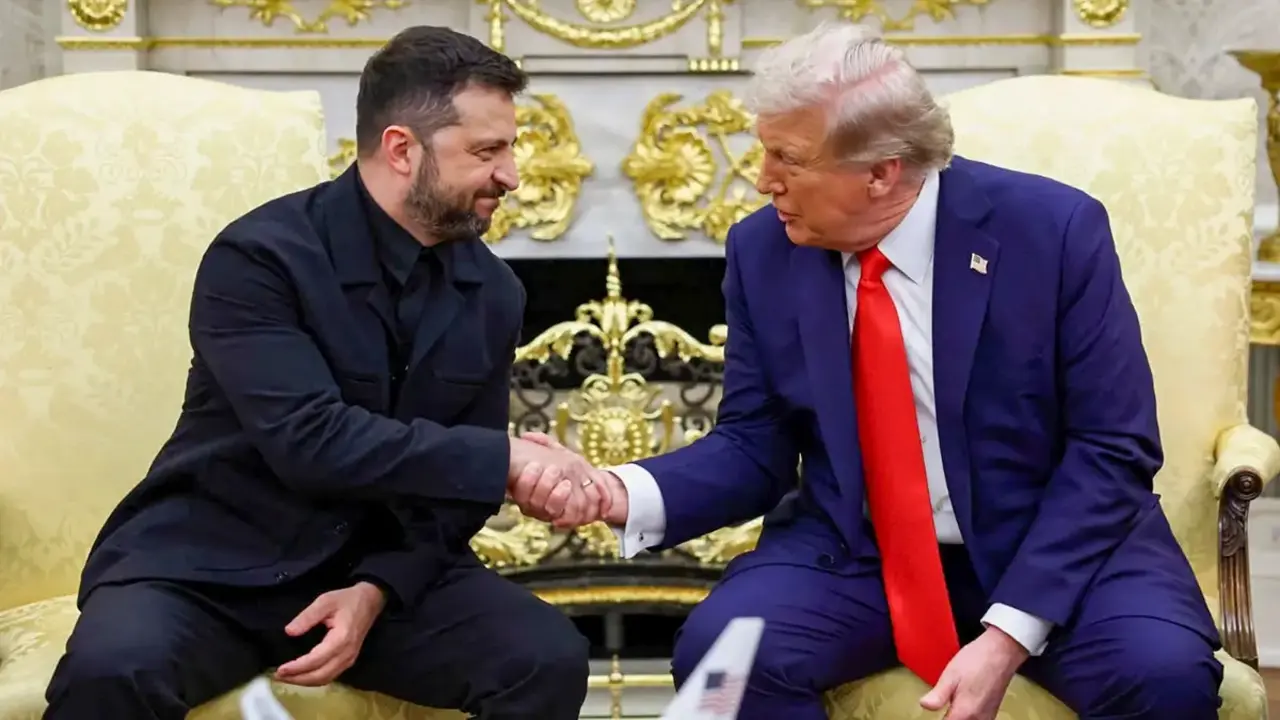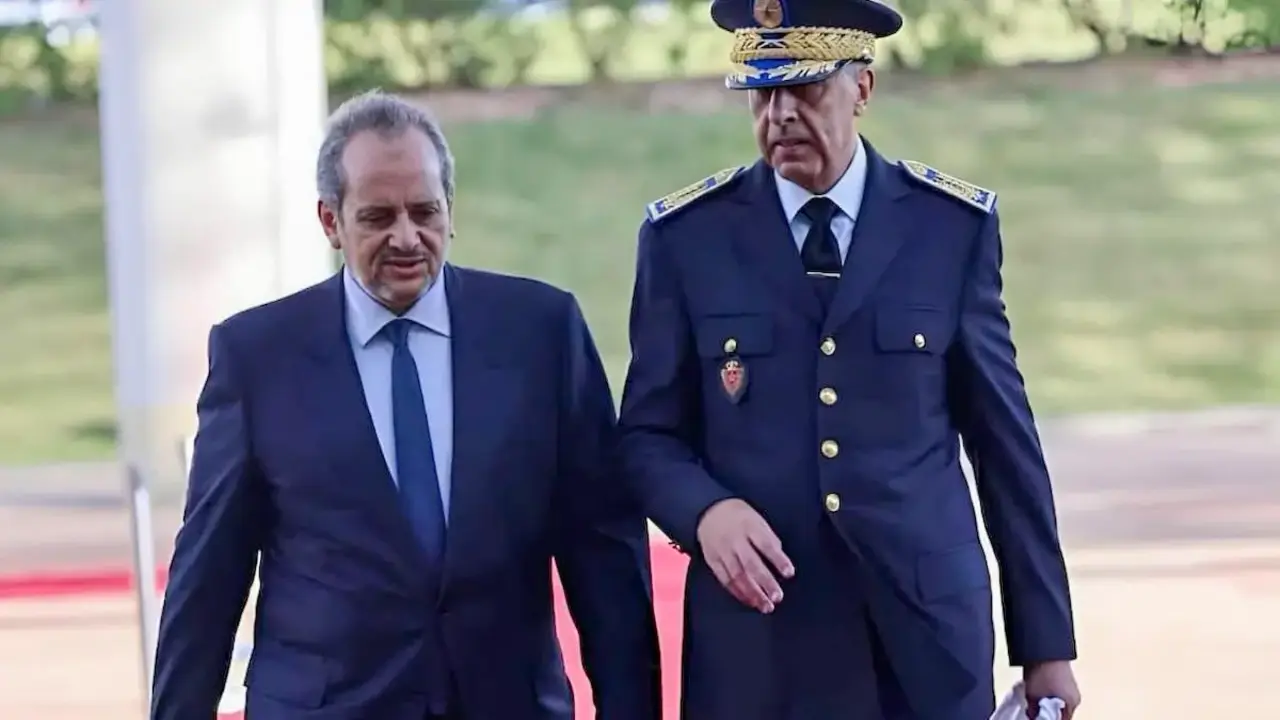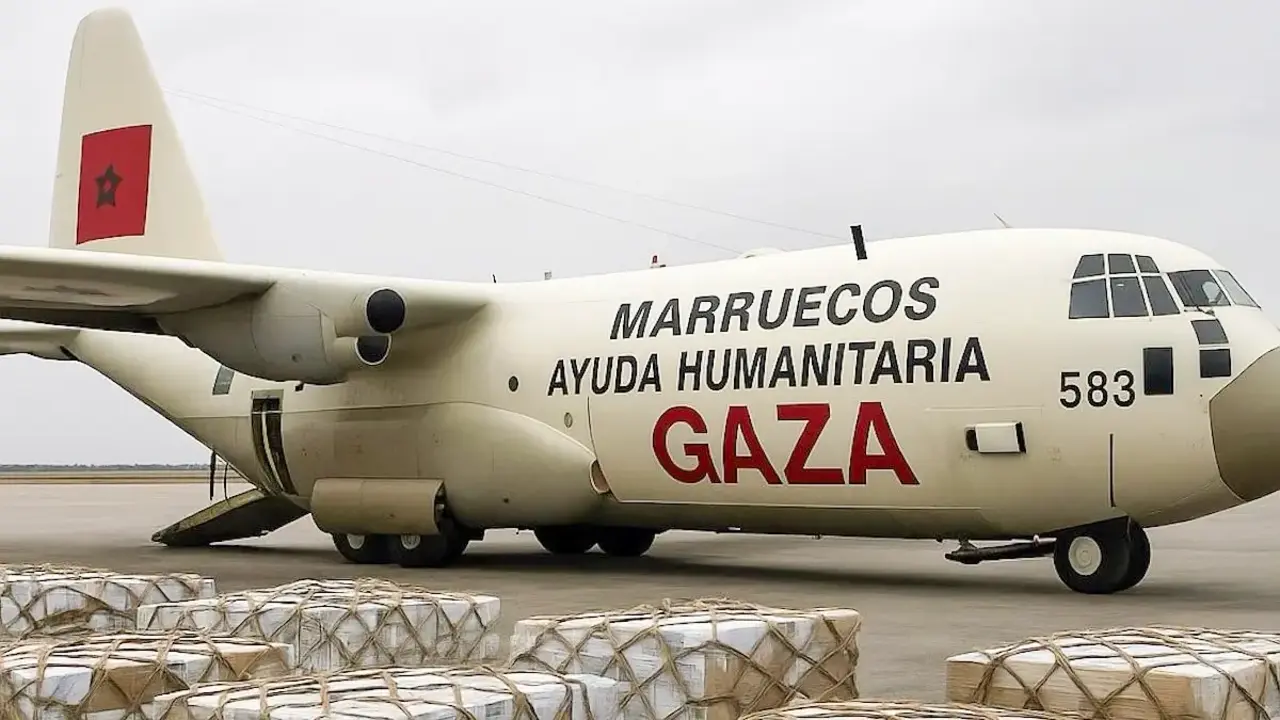Who are the key Taliban leaders in Afghanistan's future government?
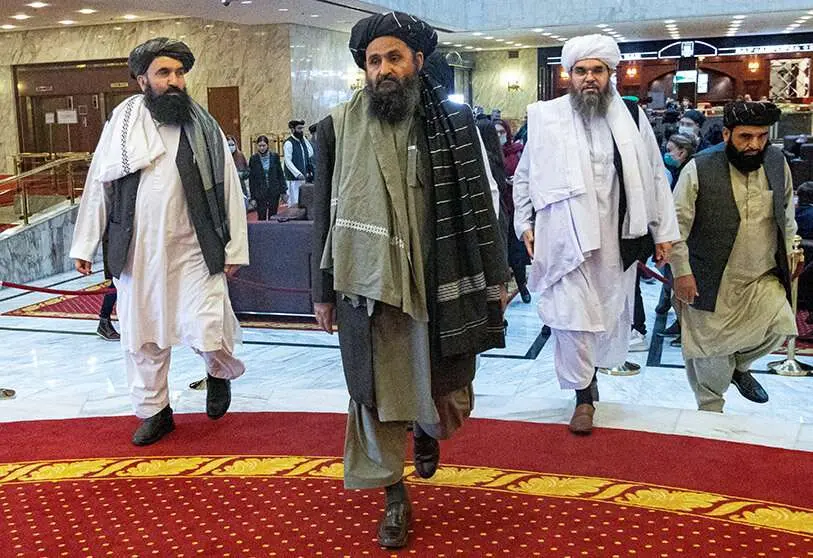
The Taliban are preparing to form a government after their resounding victory in Afghanistan after twenty years of conflict, a power structure to which several of the key men of this insurgent formation are called.
Some of these leaders, who are regaining power after insurgent rule between 1996 and 2001, have barely shown themselves in public until now, a way of protecting themselves, among others, from the US drones that have been undermining the group for years.
He has been the Taliban's supreme leader since 2016, after his predecessor, Mullah Akhtar Mansour, was killed in a US drone strike in Pakistan.

The 60-year-old leader owes his popularity among the Taliban to his deep knowledge of Islamic law and jurisprudence. Hibatullah headed the judiciary during the insurgent regime.
Only a few images of the long, black-bearded leader circulate on the web, although he is recognised by the annual audio and text messages he usually posts on the eve of the Muslim holiday of Eid.
He is one of the most familiar faces among the Taliban and his name has begun to be strongly tipped as the next leader of Afghanistan.
Mullah Baradar, 53, is the co-founder of the Taliban militia and for years was considered the right-hand man of Mullah Omar, the founding leader of the insurgent movement.
He is currently the head of the insurgents' political office in Qatar, where he played an important role in negotiations with the United States that culminated in the historic agreement in February 2020 that set a date for the final withdrawal of foreign troops.

This senior insurgent leader was arrested in the Pakistani port city of Karachi in 2010 and released eight years later. The US is said to have requested his release to kick-start the Afghan peace process.
Baradar arrived in Afghanistan on Tuesday after declaring the end of the war and the Taliban victory with the capture of Kabul on Sunday, in what was apparently the first official trip by a Taliban leader to the country since the fall of the insurgent regime in 2001.
He is the head of one of the most feared insurgent groupings in Afghanistan: the Haqqani network, founded by his father, Jalaluddin Haqqani, to fight the Soviet invasion in the 1980s.
The group, designated a terrorist group by the US, became associated with the Taliban when the Islamist group came to power in 1996.

Sirajuddin, 48, is known within the group for his military acumen and war strategies, and runs his own network of insurgents, allegedly based in Pakistan.
He has been accused of masterminding some of the deadliest attacks against US and NATO forces in Afghanistan.
The US has a couple of sketches of his face on its list of most wanted terrorists.
He is the son of the founder of the insurgent movement and is currently the group's military commander.
At 31, he is believed to have overseen all Taliban ground operations since last year, manages troop management and supervises all Taliban commanders.

He was one of the first Taliban leaders to order his fighters, after the conquest of Kabul on Sunday, to treat the population well and not to enter civilian homes without permission.
Since 2016, he has been a member of the 'Rehbari Shura' group, the highest decision-making body of the insurgent militia.
The Taliban's official spokesman is probably one of the most frequently mentioned insurgent leaders in the media, although his face was unknown.
For the first time in decades, he appeared in public at the Taliban's first official post-conquest press conference on Tuesday, sporting a black turban and a neatly groomed long beard.

Mujahid communicated with journalists via phone calls, text messages and e-mails; and via Twitter he released statements and offered statements on insurgent or allied websites from undisclosed locations.
During the previous Taliban government in 1996, he was associated with Afghanistan's Ministry of Culture and Information, according to a 2011 report by The New York Times.
He rose to prominence after the Taliban formed their political office in Doha, where he became their spokesperson.

According to the Afghan-Bios database, Shaheen studied at the International Islamic University in Islamabad.
During the previous regime, Shaheen, a fluent English speaker and prolific author, was editor of the state-owned Kabul Times, second secretary of the Afghan embassy in Pakistan and spokesman for the Ministry of Foreign Affairs

